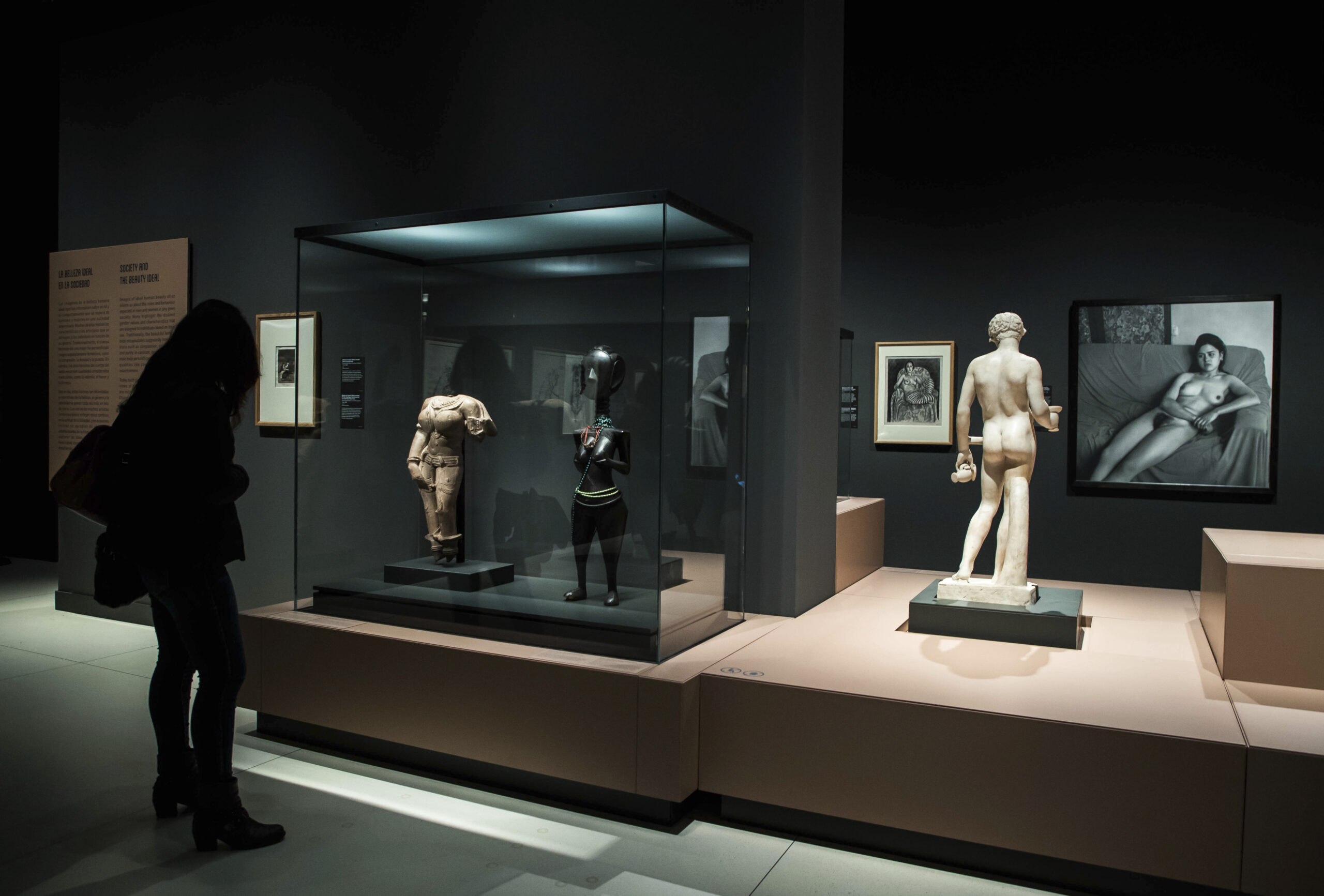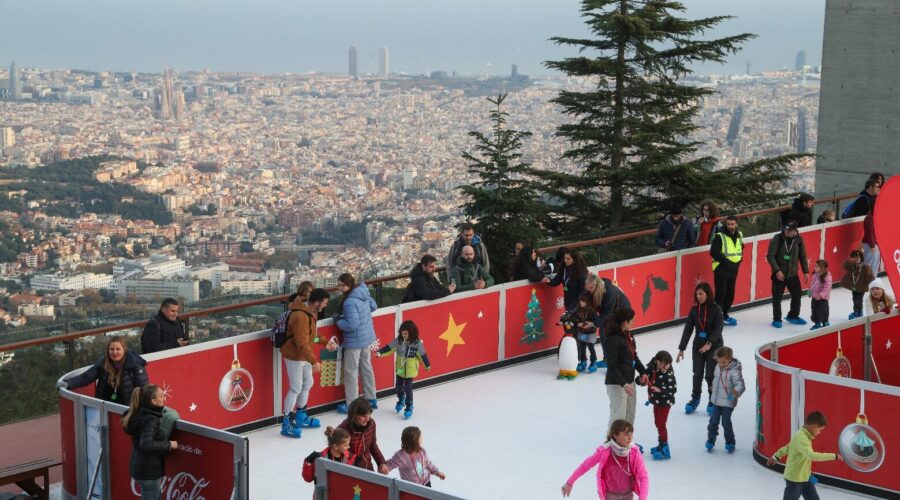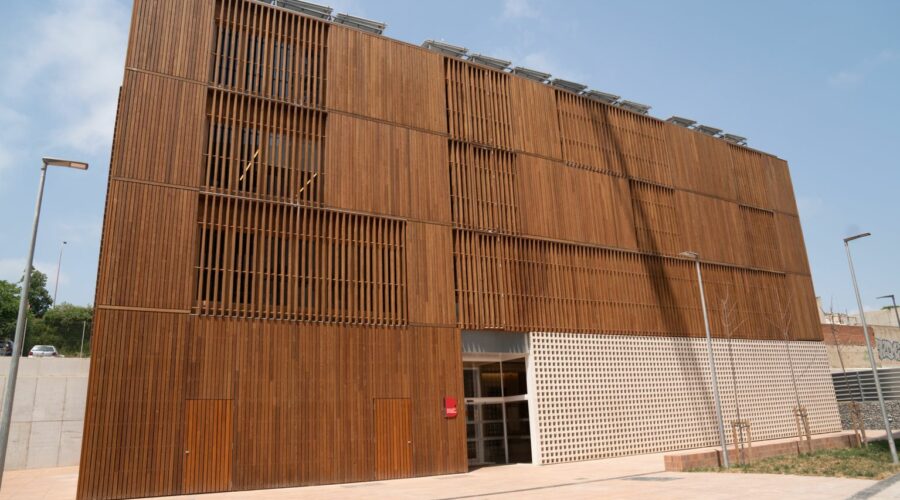“The human image. Art, identities and symbolism”, is the new exhibition presented at the CaixaForum in Barcelona, which brings together 151 pieces ranging from a human skull modeled about 9,500 years ago to contemporary works.
The exhibition includes important contributions of contemporary art from the Fundación La Caixan, although most of them come from the collections of the British Museum in London.
The exhibition invites us to reflect on how we see ourselves and how we show ourselves to others through art.
It raises the question of what a perfect body is and how the concept of beauty has evolved throughout different cultures and eras.
From the rounded female figures found in ancient sites in Syria, Iraq or Egypt, to the athletic bodies of Greek and Roman iconography, we see how ideal proportions have varied over time.
Human image, art and symbolism
The exhibition presents a great diversity of works, where sculptures, engravings, masks, photographs and contemporary works coexist in an interesting visual dialogue.
Works by artists such as Raphael, Rembrandt, Matisse and Goya are intertwined with contemporary pieces and historical portraits, such as a nineteenth-century portrait of Queen Isabella the Catholic.
Also included is an interactive installation by digital artist Rafael Lozano-Hemmer, which merges all the images of the public into a single figure.
The face also plays a fundamental role in these representations, whether to capture the physical details of a person or to illustrate the features of a social class.
The exhibition shows examples of portraits ranging from pottery from the Moche culture in Peru to contemporary works that defy stereotypes of beauty, such as the work “Tattooed Goddess” by contemporary Japanese artist Koya Abe.
Religious and political power has also used the human figure as a way to generate empathy, respect or fear. In the exhibition, you can find tattooed Maori figurines, statuettes of leader Mao Tse Tung and the political propaganda badges of Obama and Trump, which are now part of the British Museum’s collection.
Closing with a golden clasp
The last space of the exhibition focuses on the transformed body and its relation to sexual diversity and changing identities.
The case of the Chevalier d’Eon, a French aristocrat of the 18th century who lived his last years in the guise of a woman, stands out.
The exhibition “The Human Image. Art, identities and symbolism” immerses visitors in a historical and visual journey through the representation of the human figure in the visual arts.
It is a reminder of the richness and diversity of art and its ability to explore universal themes such as identity and beauty.




